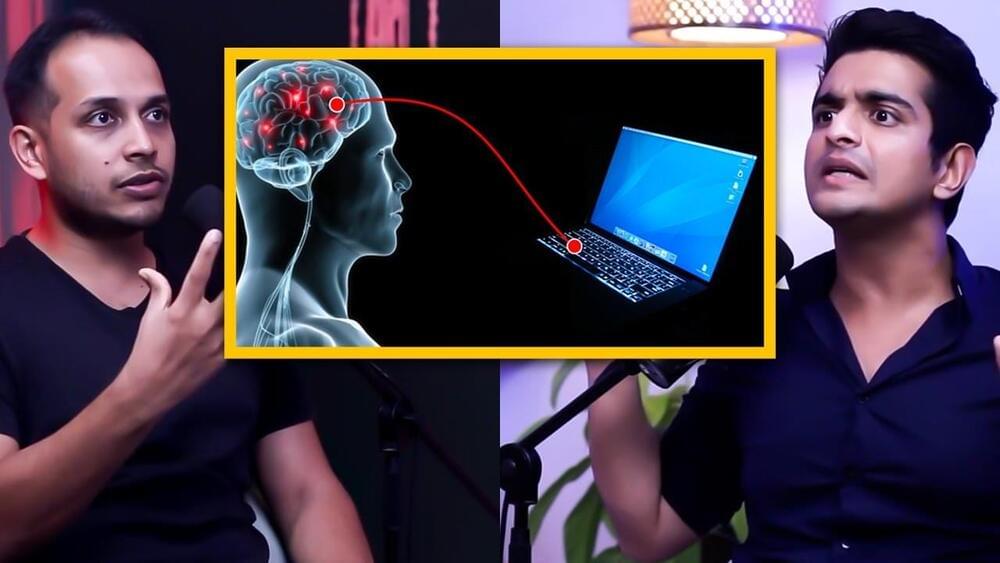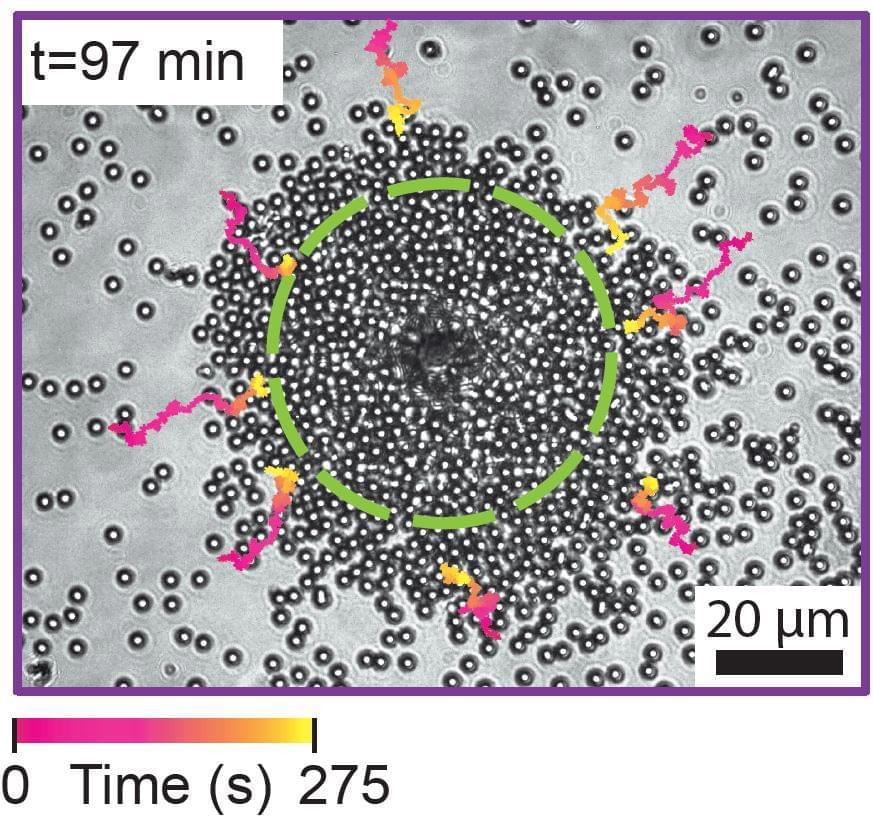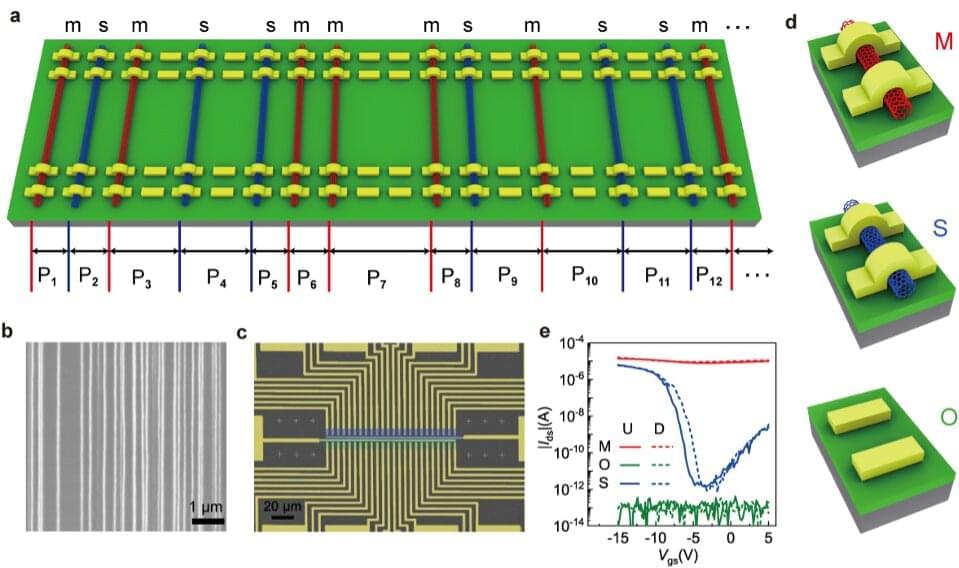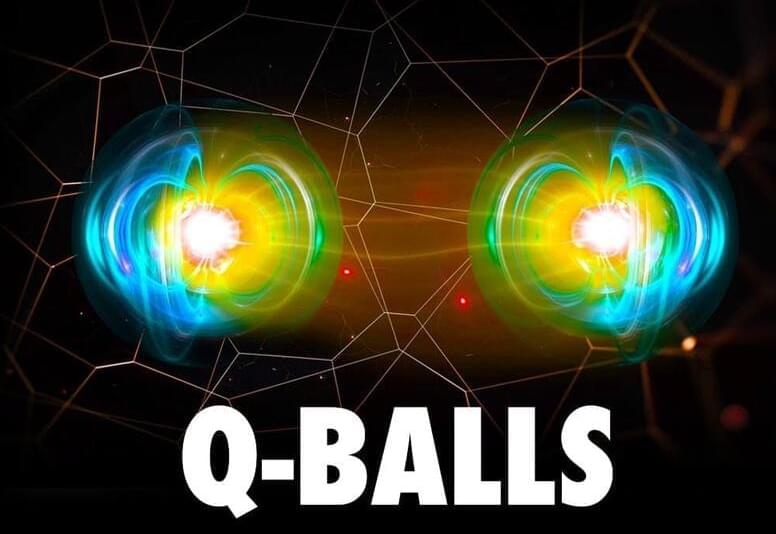
The platform, still in the early development phase, is called Druglike, according to a press release that circulated on July 25. Its goals are ostensibly lofty, but the details are extremely sketchy, and Shkreli’s intentions have already drawn skepticism. It’s also unclear whether the enterprise will run Shkreli afoul of his lifetime ban from the pharmaceutical industry, which stemmed from the abrupt and callous 4,000 percent price hike of a life-saving drug that made him infamous.
Shkreli, who is named as a cofounder of Druglike, says the platform aims to make early-stage drug discovery more affordable and accessible. “Druglike will remove barriers to early-stage drug discovery, increase innovation and allow a broader group of contributors to share the rewards,” Shkreli said in the press release. “Underserved and underfunded communities, such as those focused on rare diseases or in developing markets, will also benefit from access to these tools.”
Generally, early-stage drug development can sometimes involve virtual screens to identify potential drug candidates. In these cases, pharmaceutical scientists first identify a “target”—a specific compound or protein that plays a critical role in developing a disease or condition. Then researchers look for compounds or small molecules that could interfere with that target, sometimes binding or “docking” directly to the target in a way that keeps it from functioning. This can be done in physical labs using massive libraries of compounds in high-throughput chemical screens. But it can also be done virtually, using specialized software and a lot of computing power, which can be resource-intensive.


















